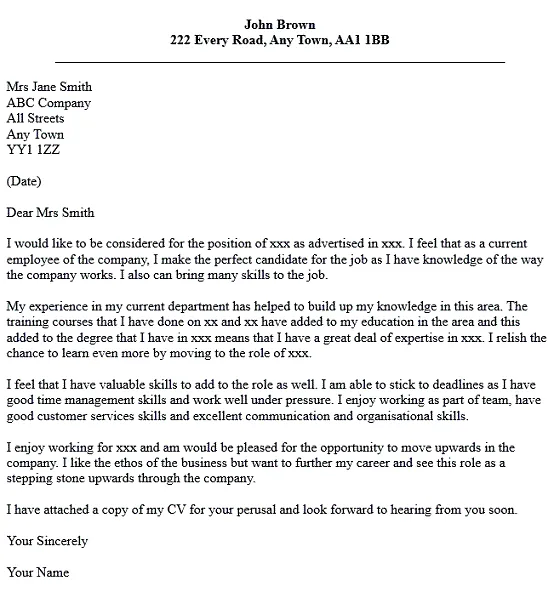Understanding the Importance of an Internal Job Cover Letter
Navigating the internal job market requires a strategic approach, and a well-crafted cover letter is your primary tool. An internal job cover letter is not merely a formality; it’s a crucial opportunity to distinguish yourself from other internal candidates. It serves as your formal introduction to the hiring manager and allows you to highlight your qualifications, experience, and enthusiasm for the role. Unlike external applications, internal applications benefit from your existing knowledge of the company culture, values, and expectations. Leveraging this understanding within your cover letter can significantly increase your chances of success. A compelling letter demonstrates your commitment to the company and showcases your understanding of the role’s requirements. By effectively communicating your suitability, you not only increase your odds of securing an interview but also present yourself as a proactive and dedicated employee.
Why Is an Internal Cover Letter Essential
An internal cover letter is essential because it provides context to your application beyond what’s presented in your resume. While your resume lists your skills and experiences, the cover letter allows you to elaborate on your accomplishments, demonstrate your understanding of the new role, and explain why you are the ideal candidate. It’s a chance to articulate your career goals within the company and show how the position aligns with your aspirations. Furthermore, an internal cover letter shows that you are taking the application seriously, investing the time and effort to make a strong impression. It can also highlight your existing relationships within the company, such as supervisors, colleagues, or mentors, which can add weight to your application. Failing to submit a cover letter, or submitting a generic one, can suggest a lack of interest or inadequate preparation, potentially harming your chances of being considered.
Highlighting Your Internal Cover Letter’s Purpose
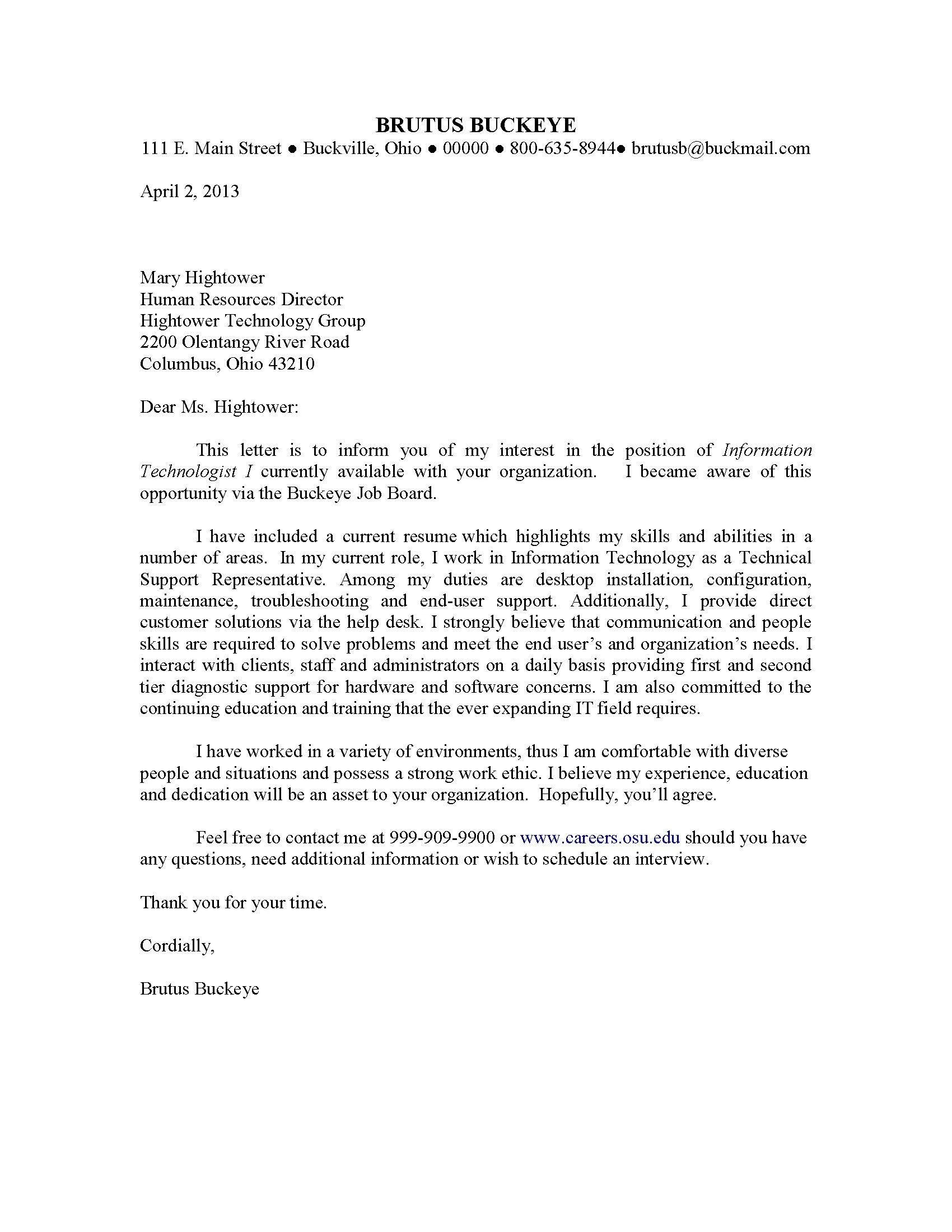
The primary purpose of an internal cover letter is to persuade the hiring manager that you are the best fit for the advertised position. To achieve this, your letter should clearly state your interest in the role and briefly explain why you’re interested. The document needs to connect your past experiences and skills directly to the job requirements, detailing how you have succeeded in similar tasks or responsibilities. Moreover, it should express your commitment to the company and your understanding of its goals and values. A well-crafted letter also demonstrates your understanding of the role’s challenges and opportunities, as well as a forward-thinking attitude toward contributing to the company’s success. In essence, the cover letter is your opportunity to tell a concise and compelling story about why you are uniquely suited for the role, increasing your chances of getting the job and advancing your career.
Key Components of a Successful Internal Cover Letter
To create a successful internal cover letter, you should include several key components that will help you stand out. Begin with a professional salutation and clearly state the position you are applying for. The opening paragraph should immediately capture the reader’s attention by expressing your enthusiasm and highlighting your relevant skills. In the middle section, provide detailed examples of your achievements and quantify them with data whenever possible. This section should also showcase your understanding of the role’s requirements and how your skills align with them. The closing paragraph should reiterate your interest, summarize your key qualifications, and include a call to action, such as requesting an interview. Make sure your letter is tailored to the specific role and company, and always proofread it for any errors in grammar or spelling.
Contact Information and Salutation
Start your cover letter with your contact information, including your name, job title, department, and contact details, such as phone number and email. For the salutation, if possible, address the hiring manager by name; if not, use a professional greeting such as “Dear Hiring Manager.” Knowing the hiring manager’s name shows that you have taken the initiative to research who is responsible for making hiring decisions and increases your application’s personalized feeling. Ensure that the salutation is appropriate for the company culture and the tone of the job announcement, maintaining a formal and respectful approach throughout the letter to make a positive first impression.
Opening Paragraph Showcase Enthusiasm and Interest
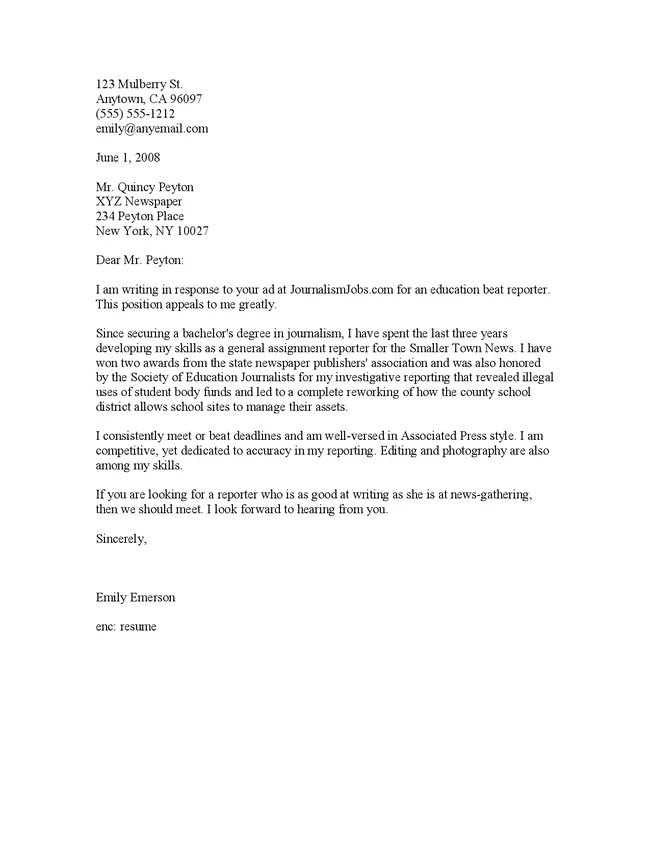
The opening paragraph of your cover letter is your chance to make a strong first impression, it needs to grab the hiring manager’s attention and make them want to read further. Start by clearly stating the position you’re applying for and why you are interested in it. Express your enthusiasm for the role and the opportunity to contribute to the company. Briefly highlight a key skill or experience that aligns with the job requirements to immediately grab their attention and show you’ve done your research. Mention how your goals and the job align, proving you have planned for the next step in your professional journey.
Middle Section Quantify Achievements and Skills
The middle section is where you provide specific examples to support your application, using the STAR method (Situation, Task, Action, Result) to showcase your skills and achievements. For each point, clearly describe the situation or project, the task you were assigned, the action you took, and the results you achieved. Quantify your achievements whenever possible. Use numbers, percentages, or specific metrics to demonstrate the impact of your work and how you’ve contributed to the company’s success. If you increased sales, saved time, or improved efficiency, provide those details. This section helps the hiring manager understand what you bring to the table, and why you would be a good fit for the role. Make sure to tailor this section to each specific job application.
Quantifying Achievements on Cover Letter
Quantifying achievements in your cover letter makes your accomplishments more impactful and credible. Instead of stating “Improved customer satisfaction,” use “Improved customer satisfaction by 15% through implementing a new feedback system.” Similarly, if you streamlined a process, don’t just say you “streamlined operations,” instead mention specific figures, like “Streamlined the order processing system, reducing processing time by 20% and saving the company $10,000 annually.” Numerical data and quantifiable results provide a clear view of your contributions and show the value you bring to the company. Highlighting such achievements adds significant weight to your application and showcases your results-driven approach.
Showcasing Relevant Skills on Cover Letter
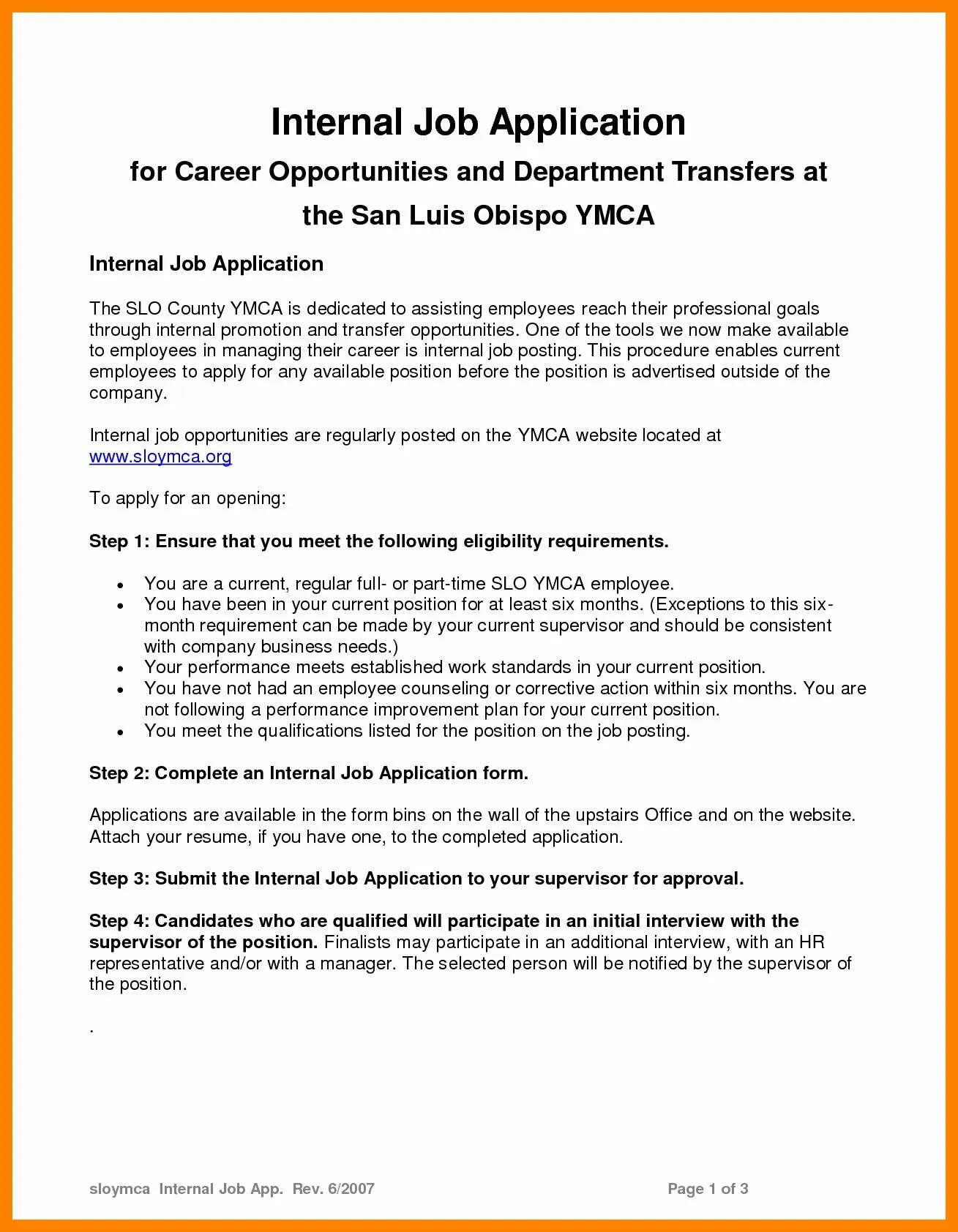
Showcasing relevant skills is crucial for making your cover letter stand out, and these skills should align closely with the job requirements. Begin by carefully reviewing the job description to identify the key skills that the company is looking for. Then, integrate these skills into your cover letter, providing specific examples of how you have demonstrated them in the past. If the job description mentions project management skills, for example, you could describe a project you managed, highlighting your ability to plan, execute, and deliver the project on time and within budget. Use action verbs to showcase your skills, such as “managed,” “led,” “developed,” or “implemented.” Remember that you should provide concrete examples of how you have used those skills to achieve results and benefit the company. This way, your application is more persuasive.
Closing Paragraph and Call to Action
The closing paragraph should reiterate your interest in the position and summarize your key qualifications. Thank the hiring manager for their time and consideration. Then, include a clear call to action, such as requesting an interview. Be confident, but not demanding, and express your eagerness to discuss your qualifications in more detail. Make sure to proofread the entire letter to remove grammatical errors and typos before sending it, presenting yourself as professional and detail-oriented.
Formatting Your Internal Cover Letter
Effective formatting can improve your cover letter’s readability and impact. Use a professional font, such as Arial or Times New Roman, and keep the font size between 10 and 12 points to ensure it’s easy to read. Use clear, concise language, and avoid jargon or overly complex sentences. Keep your paragraphs relatively short to maintain reader engagement. Use bullet points or numbered lists to highlight key achievements or skills and make them easy to scan. Ensure your cover letter is well-organized and visually appealing.
Font Selection for your Cover Letter
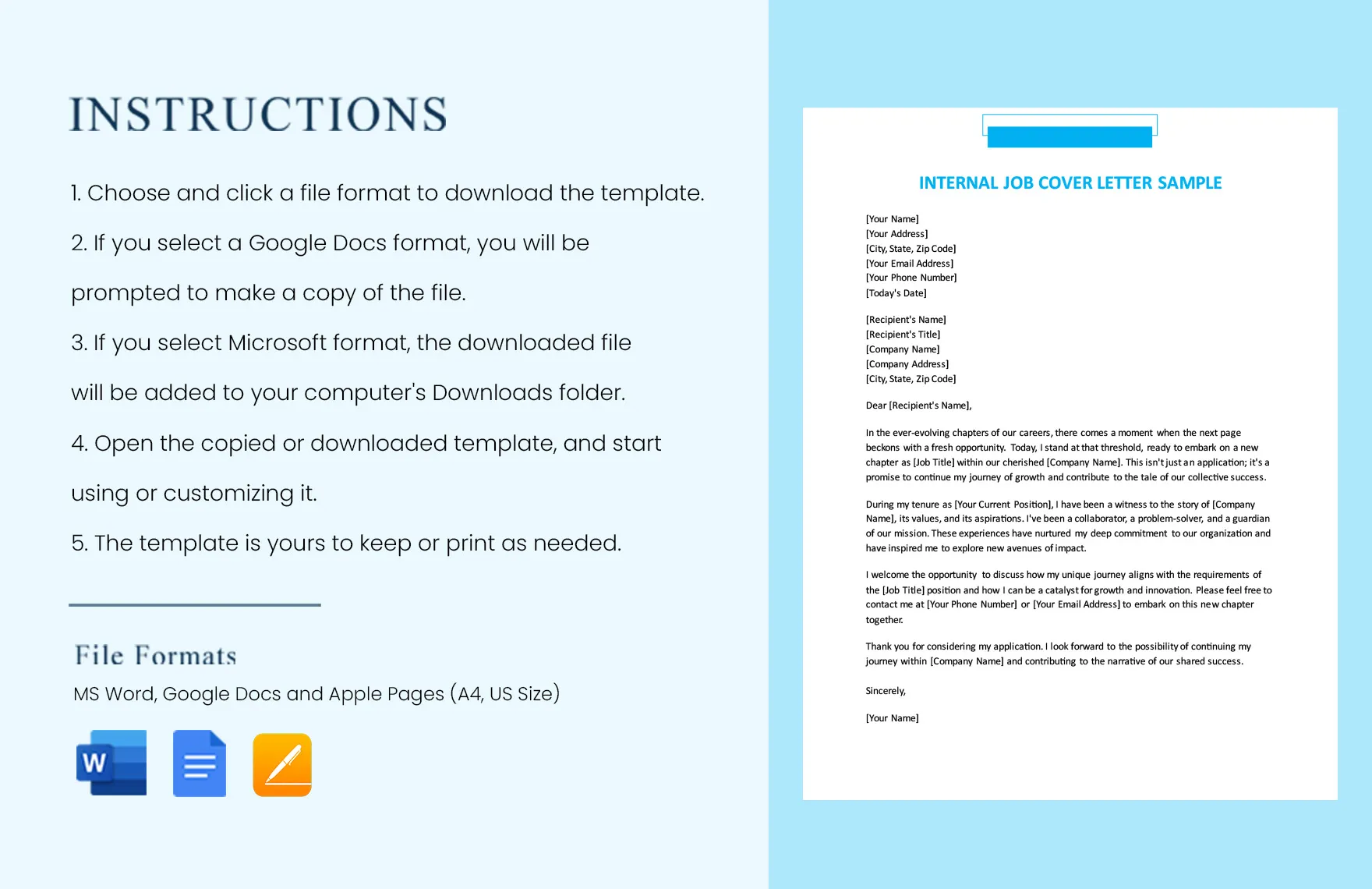
Choosing the right font is important for creating a professional cover letter. Opt for a standard font that is easy to read, like Arial, Calibri, or Times New Roman. These fonts are widely accepted and are available on most devices, ensuring that your letter looks as intended no matter where it is viewed. Avoid using overly decorative fonts or fonts that are too small or too large, as these can be difficult to read and may make your letter appear unprofessional. Sticking to a standard font keeps your focus on the content rather than the design, highlighting your qualifications.
Header and Footer Best Practices
Use the header and footer effectively for a professional look. In the header, include your name and contact information, such as your phone number and email address. This makes it easier for the hiring manager to contact you quickly. In the footer, you can include the page number if your letter is multiple pages, as well as your name or a brief title, this can help keep everything organized and professional, especially if the pages get separated. Keep the header and footer simple and clean, avoiding excessive design elements that could distract from the content of the letter. Using these simple practices ensures that your letter looks polished and professional.
Proofreading and Editing Checklist for Cover Letter
Proofreading and editing your cover letter is essential to eliminate errors and make a strong impression. Before submitting, carefully read through the letter to check for any grammatical errors, typos, or spelling mistakes. It can be helpful to read the letter aloud. Ask someone else to review your letter as well. Make sure all your information, including your contact details, are accurate. Verify that the letter is formatted correctly and that the layout is consistent. Ensure that the tone of the letter is appropriate for the company culture and the position you are applying for, and make sure that you have tailored the letter to the specific job description. This meticulous attention to detail demonstrates your professionalism and dedication.
Internal Job Cover Letter Examples for Inspiration
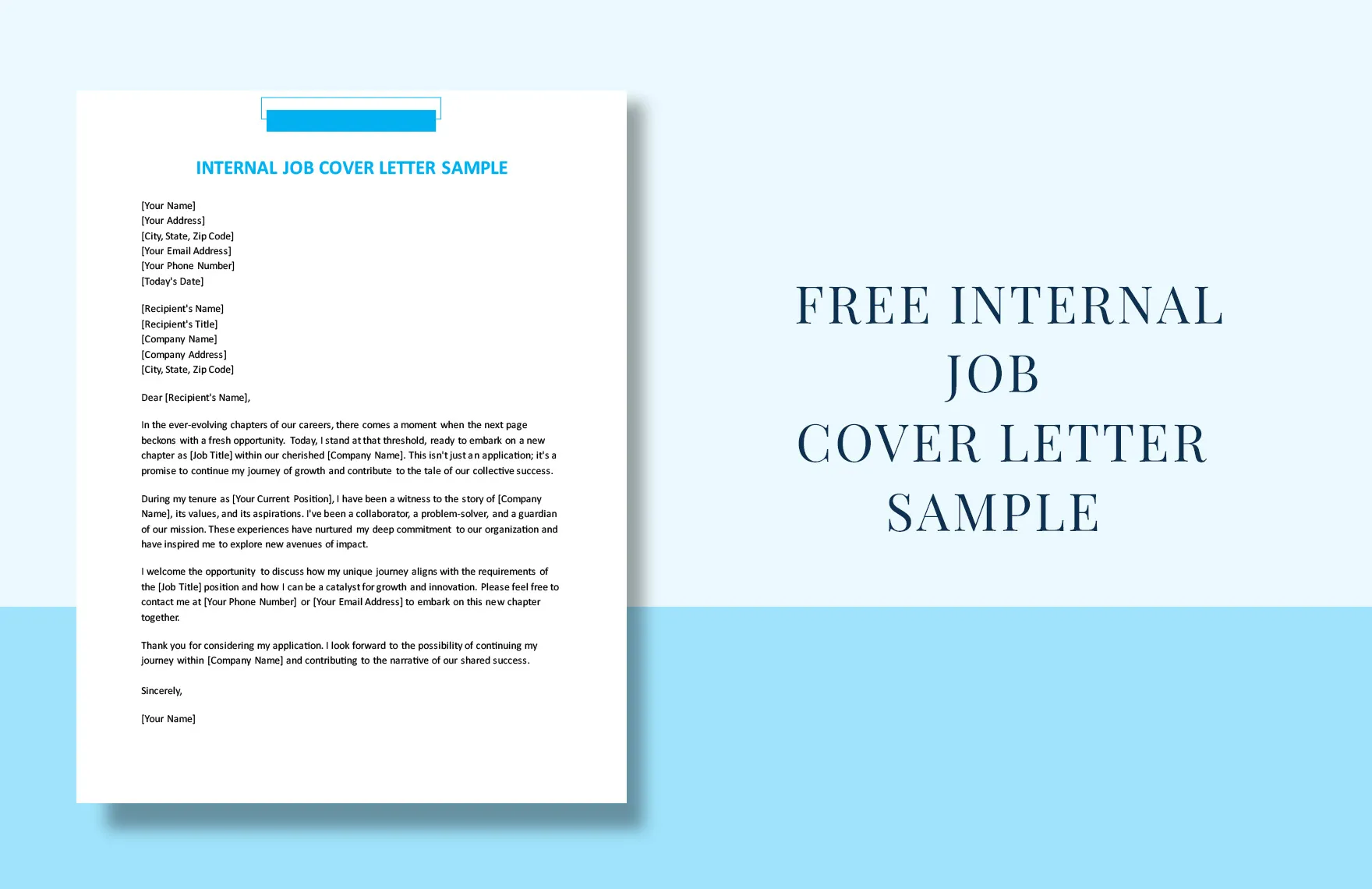
Reviewing examples of internal job cover letters can provide valuable insight and inspiration for crafting your own letter. Look for examples that are tailored to the type of role you are applying for and pay attention to how the applicants showcase their skills and experience. Analyze the structure of these letters, paying particular attention to how the applicants open the letter, highlight their accomplishments, and make their case. Adapt the examples to fit your situation, but make sure to personalize the content. Remember to maintain a professional tone and proofread carefully to ensure your letter is error-free.
Example Cover Letter for Promotion Opportunity
When applying for a promotion, your cover letter should emphasize your achievements and how they have contributed to the company’s success. Highlight your understanding of the new role’s responsibilities, and describe how your experience and skills align with them. Provide specific examples of how you have exceeded expectations in your current role and how you plan to continue to contribute in the new position. Express your enthusiasm for the next step and what skills you will bring. Your cover letter for a promotion is a chance to show that you are ready and capable of taking on new responsibilities and achieving new results.
Example Cover Letter for a Lateral Move
For a lateral move, your cover letter should focus on how your current skills and experiences can be transferred to the new role. Highlight your flexibility and willingness to learn new responsibilities and skills. Focus on explaining why you are seeking this new role, emphasizing the benefits and additional skills. Discuss how your experiences are relevant to the new position. While it might not involve a promotion, a lateral move can provide an opportunity to work on different projects, learn new things, and contribute to the company in a new way. Your letter needs to show why this move is important to you and why you are the right person for the job.
Adapting Cover Letters for Various Internal Roles
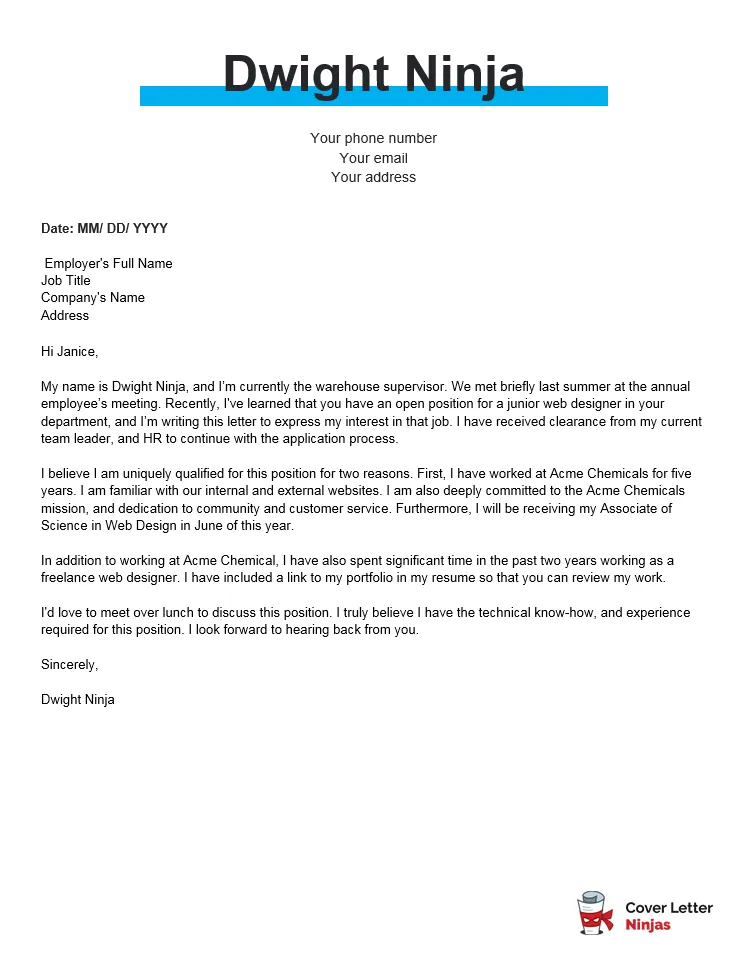
Tailor your cover letter to the specific requirements of the role you are applying for. Before writing the letter, review the job description carefully and highlight the key skills and experiences the company is looking for. Then, customize your letter to address those requirements. For example, if the job requires project management skills, provide specific examples of projects you have managed and the results you achieved. If the role involves customer service, describe your experience in handling customer issues and providing solutions. This personalization demonstrates your understanding of the role and shows the hiring manager that you are a great fit.
Tailoring Your Letter for Different Job Types
Your cover letter should be tailored to the specific job type, highlighting different skills and experiences based on the role’s requirements. If you’re applying for a management position, focus on your leadership abilities, team management skills, and experience in achieving team goals. Include how you’ve handled different situations with team members in the past, and what you learned from those experiences. For roles that require technical expertise, emphasize your technical skills, project-related experience, and certifications, if relevant. If you are applying for a customer-facing role, emphasize your communication skills, your ability to solve problems, and your experience in providing excellent customer service. By tailoring your letter, you make sure your qualifications are highlighted, showing your relevance to the job.
Addressing Specific Job Requirements on Cover Letter
When writing your cover letter, make sure to address each specific requirement listed in the job description. Carefully review the job posting and identify the key skills, experiences, and qualifications that the company is looking for. Then, structure your letter to directly address those requirements. For instance, if the job description specifies experience in data analysis, provide specific examples of your data analysis projects, highlighting the tools you used, the methods you employed, and the results you achieved. If the role requires experience in a specific software program, mention your proficiency and, if possible, quantify your experience, by describing how many times you’ve used the program or what the outcome was. By addressing each requirement, you show the hiring manager that you possess the qualifications needed to excel in the role.
Common Mistakes to Avoid in Internal Cover Letters
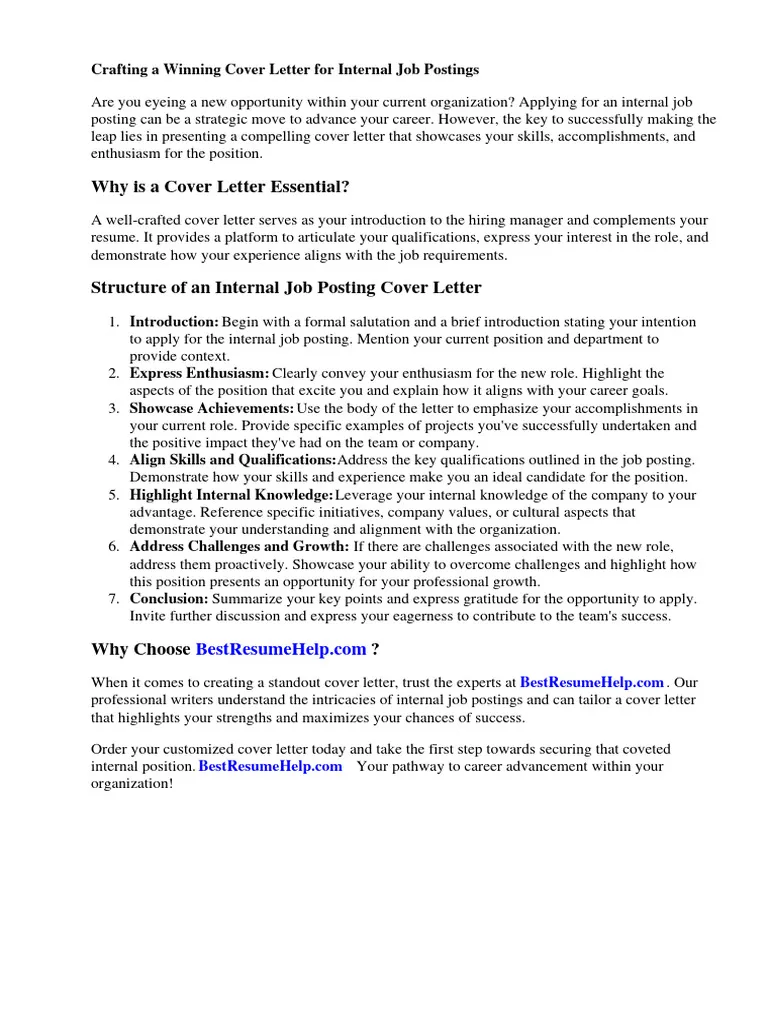
There are common mistakes that can undermine the effectiveness of your internal cover letter. Avoid using generic language or not providing enough specifics. Generic cover letters fail to highlight your skills, making your application sound like any other applicant. Also, avoid not highlighting your relationships within the company. Internal applications present a unique opportunity to reference existing relationships with supervisors, mentors, or colleagues, as this gives weight to your application. Don’t ignore the company culture. Internal applications should reflect your understanding of the company’s values, mission, and goals, and how you would contribute to them.
Generic Language and Lack of Specificity
Avoid generic language and a lack of specificity, which make your cover letter sound like any other generic application. Instead of stating, “I am a team player,” provide specific examples of how you have collaborated with others to achieve common goals. Instead of saying that you are “experienced,” offer details about the projects you worked on, and the results you achieved. Use strong action verbs and quantify your accomplishments with numbers and metrics. Being specific will help the hiring manager understand your skills, and how you have made a contribution to the company. Generic language is often overlooked, therefore the more detail you provide, the better your application will be.
Not Highlighting Internal Relationships
When applying for an internal position, not highlighting your relationships within the company is a missed opportunity. Mention any existing relationships with supervisors, mentors, or colleagues who can speak to your qualifications and work ethic. This can add credibility to your application and show that you are well-regarded within the company. You could state that you have worked under a certain manager, and use this to help give them context. Doing so provides the hiring manager with additional insights into your potential contributions and reinforces the value you bring to the team. Ignoring these relationships can make your application seem less compelling than it could be, so use this to your advantage.
Ignoring the Company Culture
When applying for an internal position, it’s important to align your cover letter with the company’s culture. Show that you are familiar with the company’s values, mission, and goals. Demonstrate how your skills and experiences align with the company’s values and how you would contribute to its success. In your cover letter, mention that you are enthusiastic about the company, highlight what the company has taught you, and why you want to continue growing within it. This personalization makes your letter more relevant to the hiring manager and shows that you are dedicated to the company.
